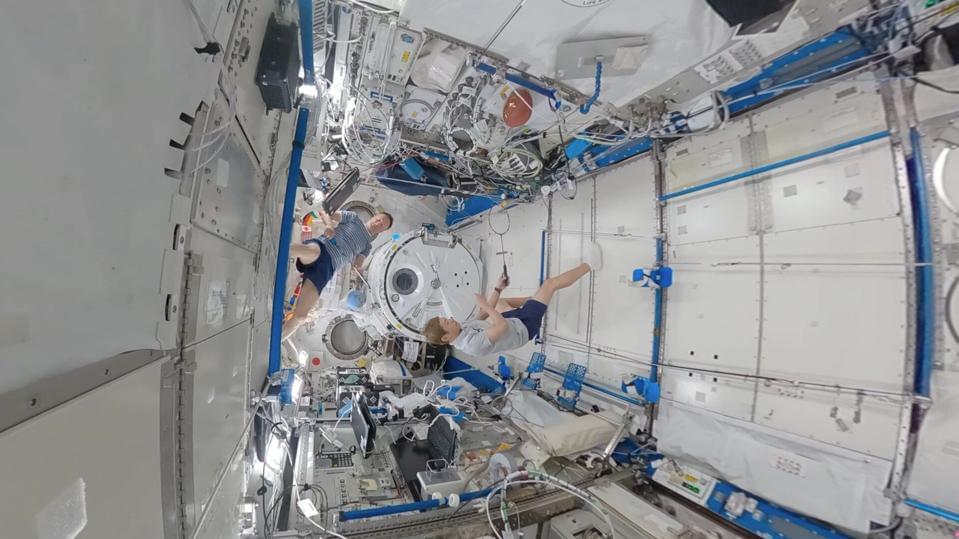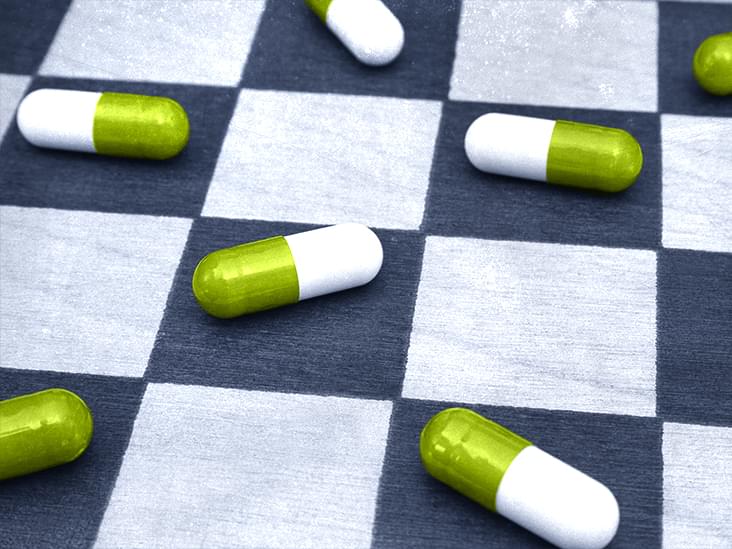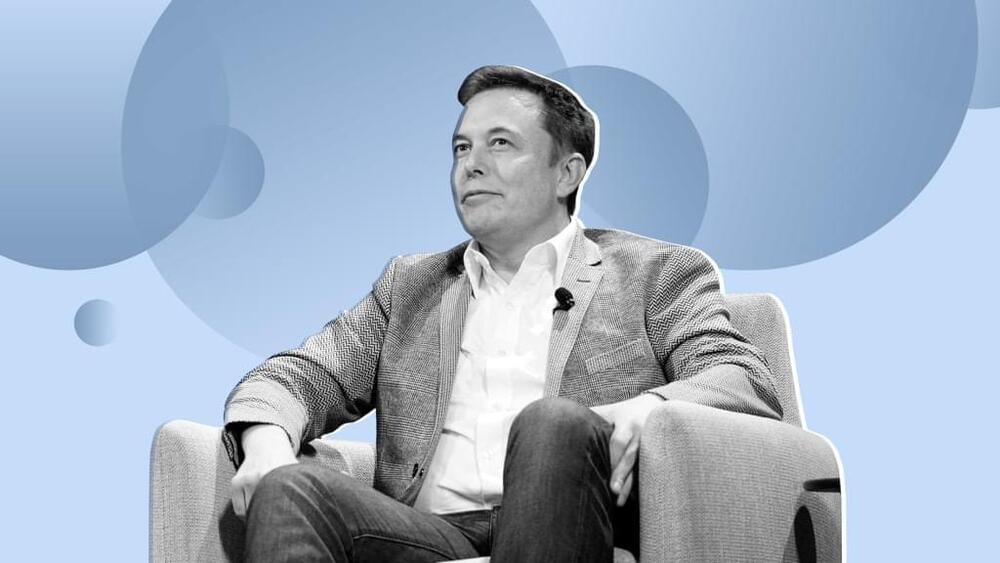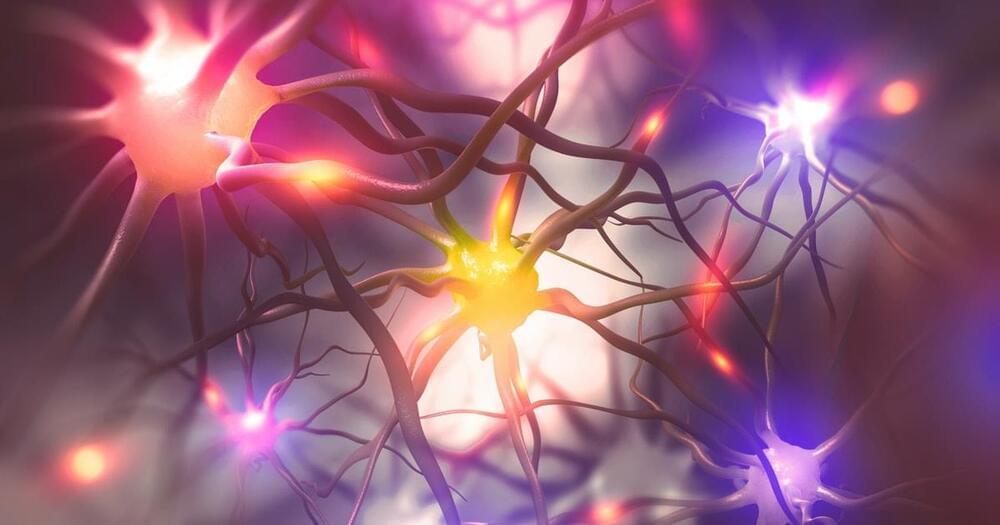If you had a few hundred experiments to manage during your days in space, how would you blow off steam in your spare time?
A badminton match was the activity of choice for International Space Station astronauts and spaceflight participants during the holidays. You can catch a short video of the activities of several crew members of Expedition 66 below; make sure to rotate it so you can watch the crew members working in 360 degrees.
The module they are using is the Japanese Kibo module, which is a common location for crews to conduct press conferences. The Kibo module also has a little more space for physical activities than some of the other ones, especially since there are no laptops or delicate experiments crowding the walls.
Space agencies around the world ask their astronauts to exercise for about 90 minutes to two hours a day, which does everything from keeping their bones and muscles secure for Earth living again, to providing mental well-being.
While the match was all in good fun, professional astronauts have a long-term goal of studying medicine on the International Space Station, both to prepare for long-duration missions to the moon and also to help seniors on Earth.
Full Story:







